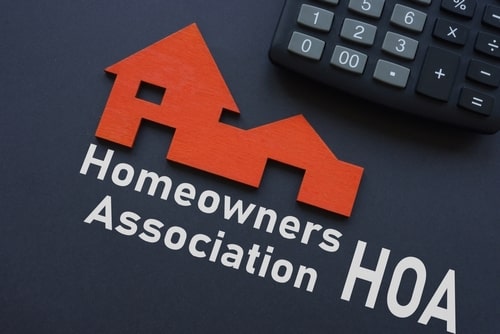
If you live in a neighborhood governed by a homeowners association (HOA), you’re probably familiar with those friendly (or not-so-friendly) reminder letters: “Mildew on your siding,” “Driveway needs cleaning,” or “Curb appeal maintenance required.” One of the most common maintenance tasks requested by HOAs is power washing—and for good reason.
So how often should you power wash your home to stay compliant with HOA standards? And what areas should you prioritize to avoid fines or complaints? Let’s dig into it. 🧼📬
🏘️ Why HOAs Require Power Washing
HOAs exist to maintain property values and ensure the neighborhood looks uniform and clean. Power washing is encouraged or required for several reasons:
- Removes mold, mildew, algae, and stains
- Preserves paint and exterior materials
- Enhances curb appeal for all homes
- Prevents safety issues like slippery driveways or steps
- Keeps the neighborhood looking polished and well-kept
✅ How Often Should You Power Wash?
Here’s a general guideline based on surface type and HOA expectations:
🏠 House Exterior (Siding, Stucco, Brick):
- Every 12–18 months
- More often if you live in humid or wooded areas
🚗 Driveways and Walkways:
- Once per year, especially before inspections
- More often if you park leaky vehicles or have frequent traffic
🪵 Decks and Fences:
- Every 1–2 years
- Re-stain or reseal afterward if wood is exposed
🪟 Gutters and Rooflines:
- Annually, especially if moss or leaves accumulate
💡 Pro Tip: Schedule power washing right before your HOA’s annual inspections or in early spring.
🧽 Signs It’s Time to Wash—Even If the HOA Hasn’t Noticed (Yet)
- Green or black streaks on siding
- A slippery film on steps or walkways
- Dingy driveway or oil stains
- Pollen or dust buildup on porch furniture
- Spiderwebs or wasp nests under eaves
Waiting too long could mean more effort (and expense) to correct the issue—and a potential violation notice.
🧰 What to Power Wash for HOA Compliance
- Exterior siding and trim
- Driveways and sidewalks
- Front porch and steps
- Gutters and fascia
- Decking and railings
- Fencing (visible from the street)
- Garage doors
- Outdoor lighting fixtures or mailboxes
Browse Amazon Here For Top Rated Power Washers And Accessories
⚠️ Common HOA Power Washing Violations
- Algae, mildew, or mold visible on siding
- Oil stains or debris on the driveway
- Peeling paint or grime-covered fences
- Dirty porch railings and stairs
- Clutter or buildup around garbage bins
Even if your home is structurally sound, cosmetic issues can still land you in violation territory.
🧪 Best Practices for Staying Compliant
- Use biodegradable, HOA-safe detergents
- Don’t allow runoff into storm drains
- Cover landscaping during the wash
- Notify neighbors before large cleaning jobs
- Keep records of when power washing was last done (some HOAs ask!)
Browse Amazon Here For Biodegradable Pressure Washing Detergents
👷 Should You DIY or Hire a Pro?
DIY is fine if:
- You have access to the right equipment
- You’re confident handling pressure safely
- The affected areas are at ground level
Hire a pro if:
- Your home is two stories or more
- You have stucco, soft siding, or painted surfaces
- There are multiple surfaces to clean quickly
- You’ve received a violation notice with a deadline
Most professional services offer HOA-specific packages that bundle exterior surfaces into one visit.
📅 Scheduling Tip
Many HOAs conduct spring or fall inspections—schedule your power washing for 1–2 weeks before so everything looks spotless.
🧼 Final Thoughts
Keeping your property clean isn’t just about pride—it’s about avoiding fees, maintaining property value, and being a good neighbor. By power washing once or twice a year (and spot-cleaning as needed), you can stay in the HOA’s good graces and enjoy a home that always looks its best. 🏠✨
Browse Amazon Here For Top Rated Power Washers And Accessories



